Introduction
Imagine having a lush, verdant fern adorning your home while knowing your feline friend is safe from harm. This idyllic scene can become a reality when you choose the right ferns that are safe for cats. At Plantology, your go-to online source for quality plants and trees, we understand the importance of selecting non-toxic plant options for your home, ensuring both beauty and safety co-exist harmoniously.
In this comprehensive guide, we will delve into various fern species that pose no harm to your curious feline companions. We'll explore their aesthetic appeal and how these plants can transform your living space into a green haven, all while keeping your pet's health as a top priority.
Understanding Ferns

What are Ferns?
Ferns are a group of vascular plants known for their intricate, feathery fronds. Unlike flowering plants, ferns reproduce through spores and do not produce seeds or flowers. These plants have existed for millions of years, thriving in diverse habitats from tropical forests to temperate regions.
Why Choose Ferns for Your Home?
Ferns are popular indoor plants for their lush greenery and easy maintenance. They bring a sense of tranquility and natural beauty to any environment and have the added benefit of being excellent air purifiers. Choosing ferns that are safe for cats allows pet owners to enjoy these benefits without the worry of their furry friend ingesting something harmful.
Ferns Safe for Cats
Boston Fern (Nephrolepis exaltata)
The Boston Fern is a beloved houseplant known for its elegant, arching fronds that can add a touch of class to any home decor. Naturally non-toxic to cats, Boston Ferns are a perfect choice for those looking to create a verdant indoor space without compromising their pet's safety. With moderate watering and indirect light, the Boston Fern thrives indoors, making it a favorite for plant-loving pet owners.

Maidenhair Fern (Adiantum spp.)
With their delicate, fan-shaped fronds, Maidenhair Ferns are as charming as they are safe for four-legged friends. These ferns are particularly attractive because of their unique appearance and are perfectly harmless if a cat decides to take a nibble. Maidenhair Ferns thrive in humid environments, making them ideal for bathrooms and kitchens that receive indirect sunlight.
Kangaroo Paw Fern (Microsorum diversifolium)
The Kangaroo Paw Fern offers a whimsical aesthetic with its distinct and varied leaf shapes. Its robustness makes it a suitable candidate for low-light areas and is a safe choice for households with cats. This fern can add a touch of exotic flair to your interior greenery without posing any risk to your pets.
Bird's Nest Fern (Asplenium nidus)
Featuring wide, flat fronds that grow in a distinctive rosette, the Bird's Nest Fern is both visually striking and safe for cats. It prefers moderate watering and indirect sunlight, and its unique shape makes it a standout piece in any plant collection. Pet owners will appreciate how easily this fern fits into a safe, cat-friendly home.
Staghorn Fern (Platycerium spp.)
Known for their antler-like fronds, Staghorn Ferns can be mounted on walls, offering a creative and safe way to incorporate plant life into a pet-friendly household. These ferns are non-toxic to cats and are an excellent conversation piece with their unusual yet eye-catching appearance.

The Importance of Non-Toxic Plants for Cat Owners
Potential Risks of Toxic Plants
Many common houseplants can pose significant health risks to cats, leading to symptoms such as vomiting, diarrhea, and in severe cases, organ failure or death. For this reason, cat owners must be vigilant in selecting plants that are verified to be safe and non-toxic.
How Non-Toxic Ferns Benefit Cat Owners
By choosing non-toxic ferns, cat owners can enjoy a flower-filled home without the constant worry of potential poisoning. Safe ferns provide peace of mind, knowing that should your feline companion decide to explore your greenery through taste, they will not be harmed.
Enhancing Home Aesthetics with Ferns
Creating a Tranquil Environment
Ferns are known for their refreshing beauty and calming presence. Incorporating them into your home can create a serene environment that enhances relaxation and stress relief, both for you and your pets.

Design Tips for Decorating with Ferns
When decorating with ferns, consider their natural habitats and aesthetic appeal. Place them in rooms with appropriate lighting conditions, and consider the height and spread of their fronds when positioning them alongside furniture and other decor elements.
- Grouping Ferns: Group different fern species together to create a diverse yet harmonious indoor jungle.
- Fern Wall Art: Use Staghorn Ferns to create living wall art that adds depth and character to your spaces.
- Hanging Fern Baskets: Utilize vertical space by hanging Boston Ferns in baskets, providing eye-level greenery.
Plant Care and Maintenance
General Care Tips for Ferns
Ferns generally require consistent moisture, indirect sunlight, and good humidity to thrive. Here are some general care tips to help your ferns flourish:
- Watering: Keep the soil consistently moist but not waterlogged.
- Lighting: Place ferns in areas where they receive filtered or indirect sunlight.
- Humidity: Increase humidity by misting regularly or placing a humidifier nearby.
- Feeding: Fertilize during the growing season with a balanced, water-soluble fertilizer to promote healthy growth.
Specific Care for Different Fern Types

Boston Fern
Keep the Boston Fern's environment humid and its soil moist. It thrives in slightly cooler conditions and benefits from occasional trimming to remove dead fronds.
Maidenhair Fern
As a delicate species, the Maidenhair Fern requires high humidity and consistent moisture. Its soil should be light and well-draining, and it appreciates occasional misting to maintain humidity levels.
Kangaroo Paw Fern
The Kangaroo Paw Fern is more adaptable to different light conditions but still prefers high humidity and constant moisture. It's relatively low-maintenance but benefits from regular pruning to keep its shape.
Conclusion and Call to Action
Choosing the right plants for a pet-friendly home can be challenging, but with non-toxic ferns, cat owners can create a safe yet beautiful environment. By understanding the distinct features and care requirements of these ferns, you can effortlessly introduce nature into your home while ensuring your feline companions remain unharmed.
At Plantology, we are committed to providing you with a wide range of safe, vibrant plants to transform your living space. Visit our website to explore our extensive plant catalog, and embark on your journey towards a lush, pet-friendly home today!
Explore our full range of ferns and other non-toxic plants to find the perfect match for your home and pet.
For more inspiration, check out our Adonidia Palm collection, offering stunning, non-toxic options for your household greenery.
Exploring More Cat-Safe Ferns

Button Fern (Pellaea rotundifolia)
The Button Fern is an attractive option with small, round leaflets that exhibit a striking texture. It is perfect for small spaces due to its compact size. Non-toxic to cats, the Button Fern thrives best in an environment that mimics its native habitat, preferring indirect light and well-drained soil.
Silver Lace Fern (Pteris ensiformis)
The Silver Lace Fern is known for its delicate fronds and silvery foliage, which brings a unique visual element to your home's decor. Safe for cats to explore and nibble on, this fern adapts well to indoor environments with bright, indirect light and moderate moisture.
Rabbit's Foot Fern (Davallia fejeensis)
The Rabbit’s Foot Fern, with its characteristic furry rhizomes, is one of the most intriguing and cat-friendly houseplants. These ferns are ideal for hanging baskets where their rhizomes can dangle and add dimension to any room. They prefer bright, indirect light and a humid atmosphere.
Holly Fern (Cyrtomium falcatum)
The Holly Fern is notable for its glossy, leathery fronds resembling holly leaves. A hardy and undemanding plant, it tolerates varying indoor conditions while being perfectly safe for cats. It prefers even moisture and indirect light, making it a practical choice for busy households.
Advanced Plant Care Techniques

Hydroponics for Ferns
Hydroponic gardening can be an excellent option for those who want to try a soil-free method of growing ferns. This technique involves growing plants in a water-based, nutrient-rich solution, which can be ideal for ferns that thrive on constant moisture.
- Setup: Use a hydroponics system with the necessary nutrients designed for fern growth. Ensure that the plants are securely supported as they grow.
- Monitoring: Regularly check nutrient levels and adjust the pH balance to ensure optimal growth conditions.
- Benefits: Hydroponics can be less prone to pests and can lead to faster growth rates.
Using Technology for Plant Care
Advancements in technology offer innovative solutions for plant care, grooming a new generation of smart indoor gardening enthusiasts:
- Smart Plant Sensors: Devices that measure soil moisture, sunlight exposure, and temperature, providing real-time feedback via smartphone apps.
- Automatic Watering Systems: Set up systems that can ensure your ferns receive consistent moisture without worry.
- LED Grow Lights: Optimize lighting conditions, especially during darker months, to mimic the preferred light balance of ferns.
Incorporating Ferns into Modern Design

Biophilic Design Principles
Biophilic design enhances the connection between indoor environments and nature, significantly impacting wellness and productivity. Ferns play a role in this design philosophy with their lush, natural essence:
- Window Gardens: Line windowsills with a variety of ferns, creating a natural border that draws the outdoors in.
- Room Dividers: Use tall ferns as natural partitions to define spaces without constructing walls, maintaining visual openness.
- Olivera Borders: Incorporate ferns into tabletop arrangements or create borders in open-plan spaces to introduce subtle green accents.
Sustainability Practices and Ethical Choices
Sustainable Sourcing
With growing awareness of sustainability, it’s important to consider how and where the ferns are sourced. Opt for suppliers who utilize sustainable practices:
- Local Nurseries: Supporting local businesses reduces the carbon footprint associated with shipping plants over long distances.
- Eco-friendly Practices: Look for growers who use organic soils, minimize chemical pesticides, and utilize water conservation techniques.
Eco-Friendly Plant Care
Embrace greener plant care methods to promote environmental responsibility:
- Composting: Create a home compost system to recycle plant waste into nutrient-rich soil, minimizing landfill waste.
- DIY Fertilizers: Use homemade remedies like diluted coffee or banana peels as natural fertilizers that cater to ferns' nutrient needs.
Conclusion
Embracing ferns as part of a cat-friendly home not only satisfies your aesthetic desires but also prioritizes the safety and well-being of your beloved pets. With ample choices available, each type of fern can contribute uniquely to your home environment.
At Plantology, we keep you connected with nature while caring for your pets. Explore our collection of ferns and other non-toxic options to create a serene and safe haven for your entire household.
Visit our website today to join the community of pet-loving plant enthusiasts dedicated to sustainable and beautiful living spaces.

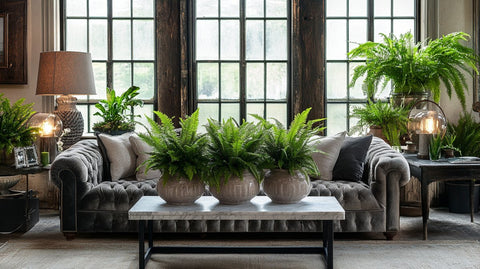


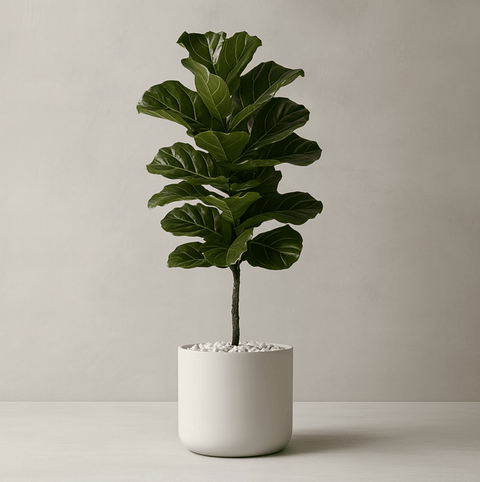
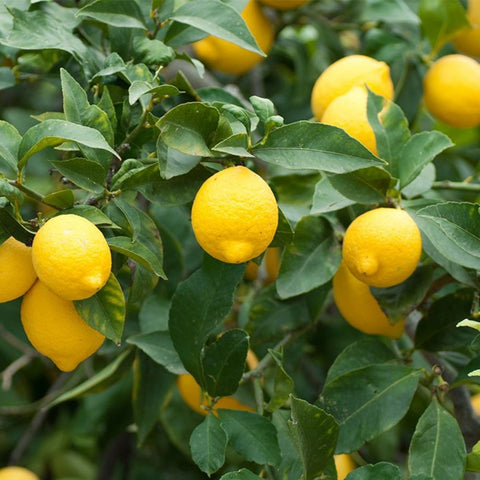
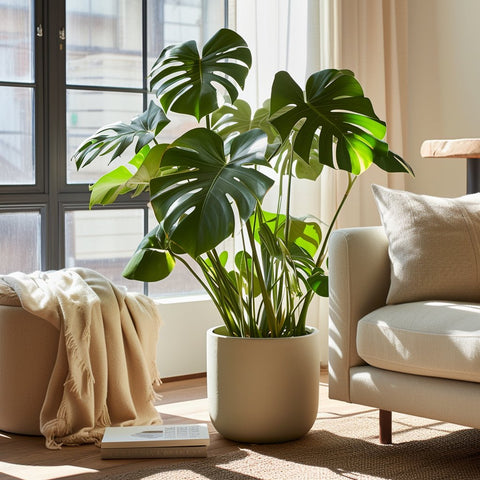
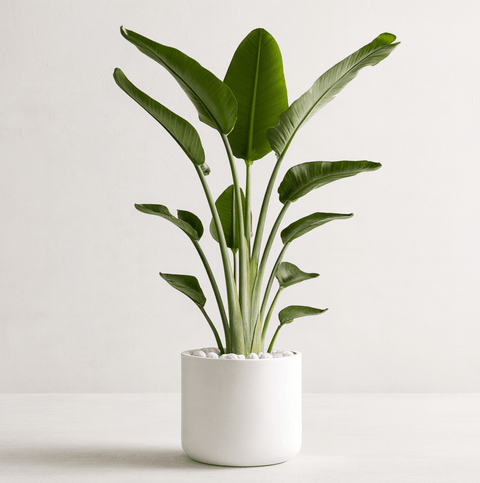
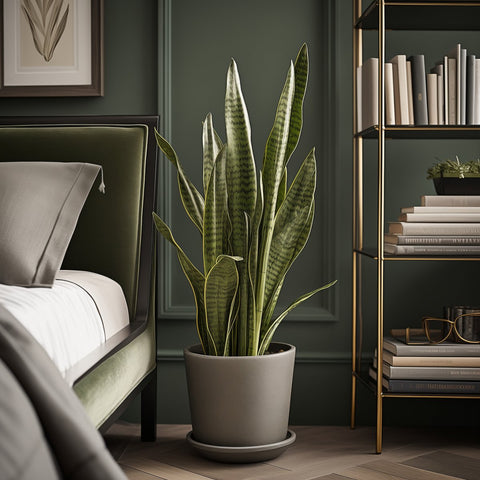
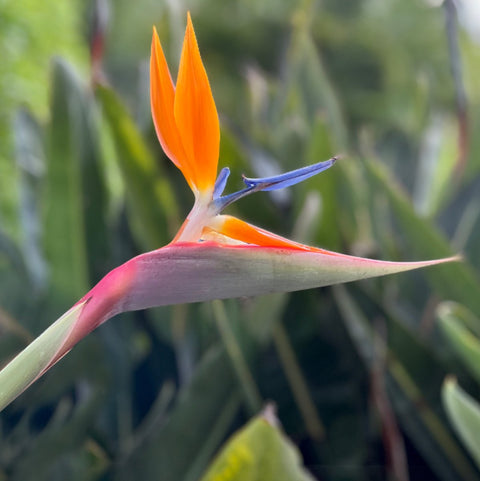
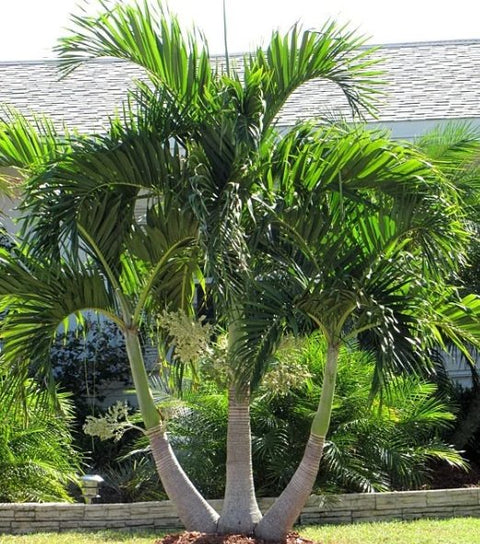
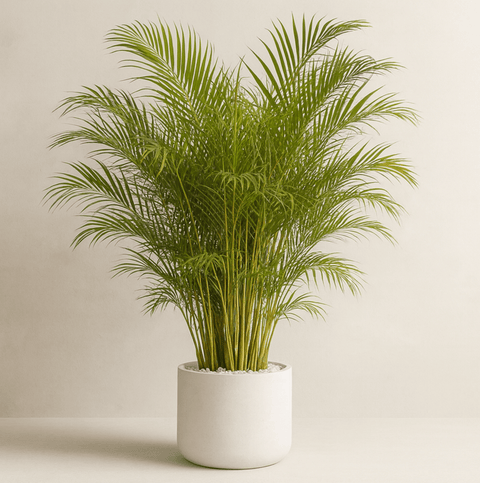
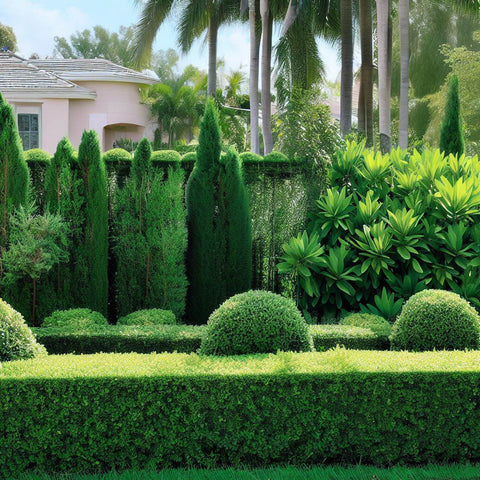
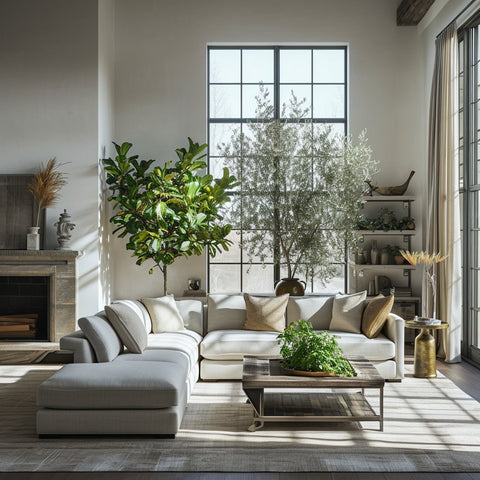
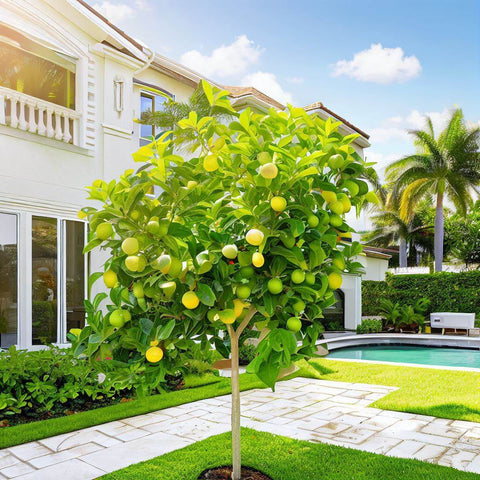
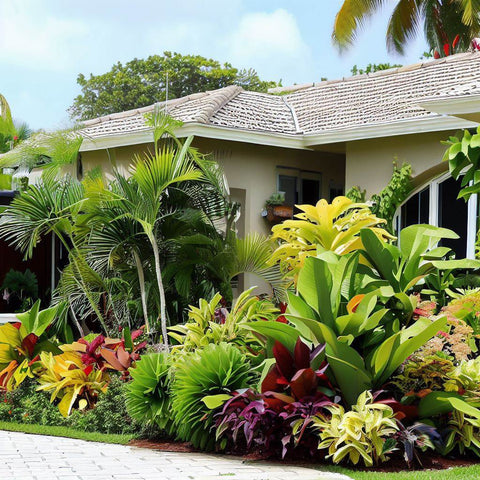

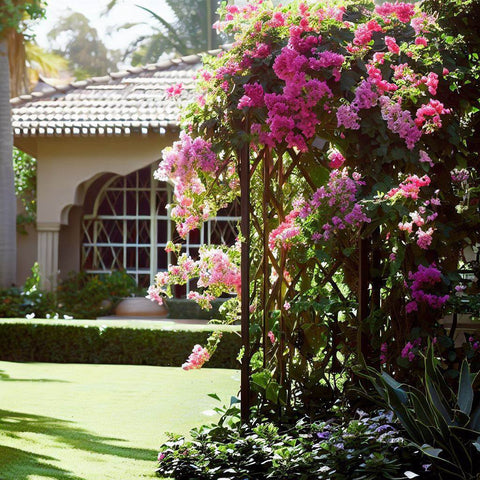
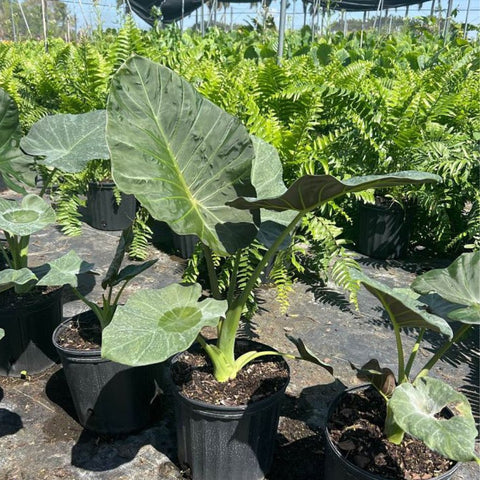
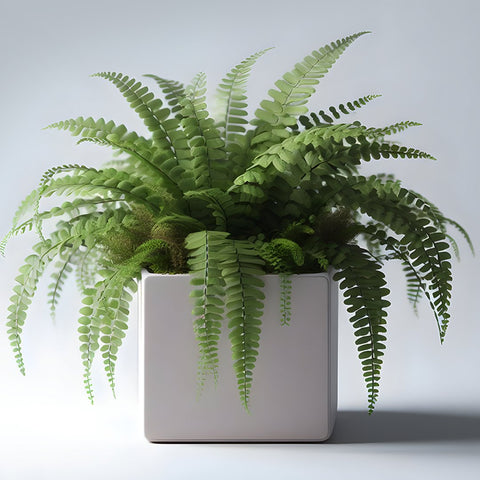
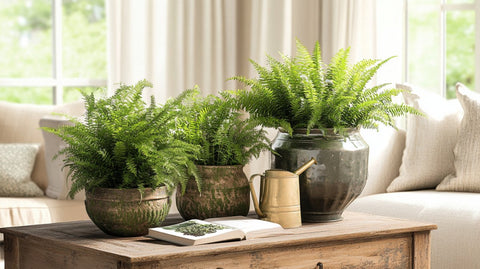
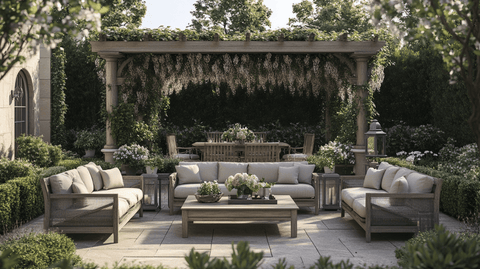


Comments (0)
There are no comments for this article. Be the first one to leave a message!